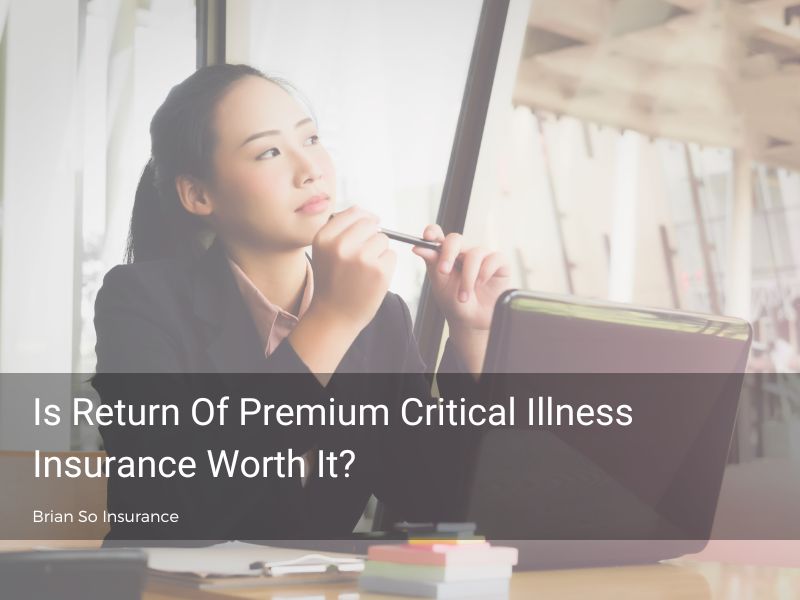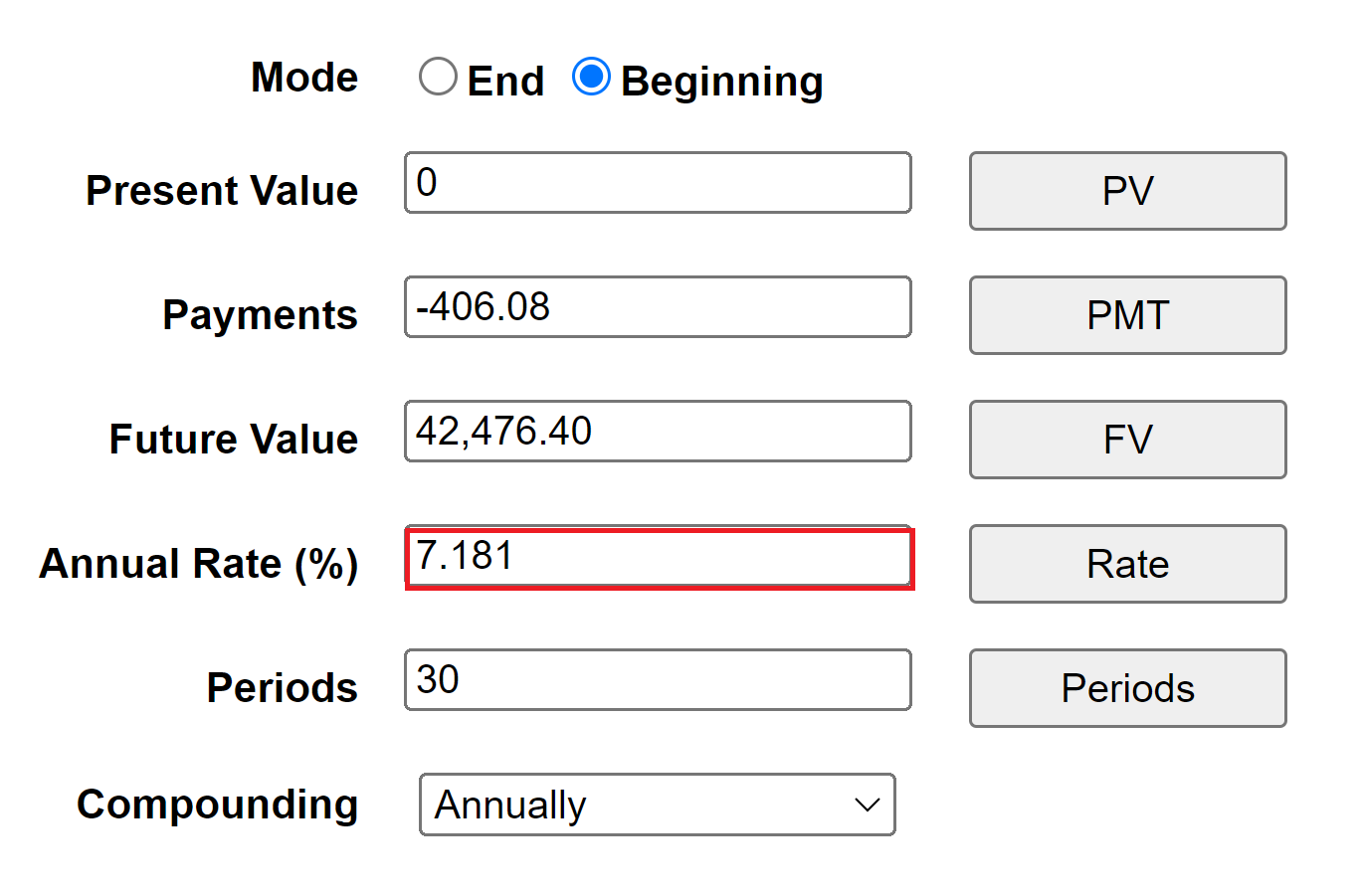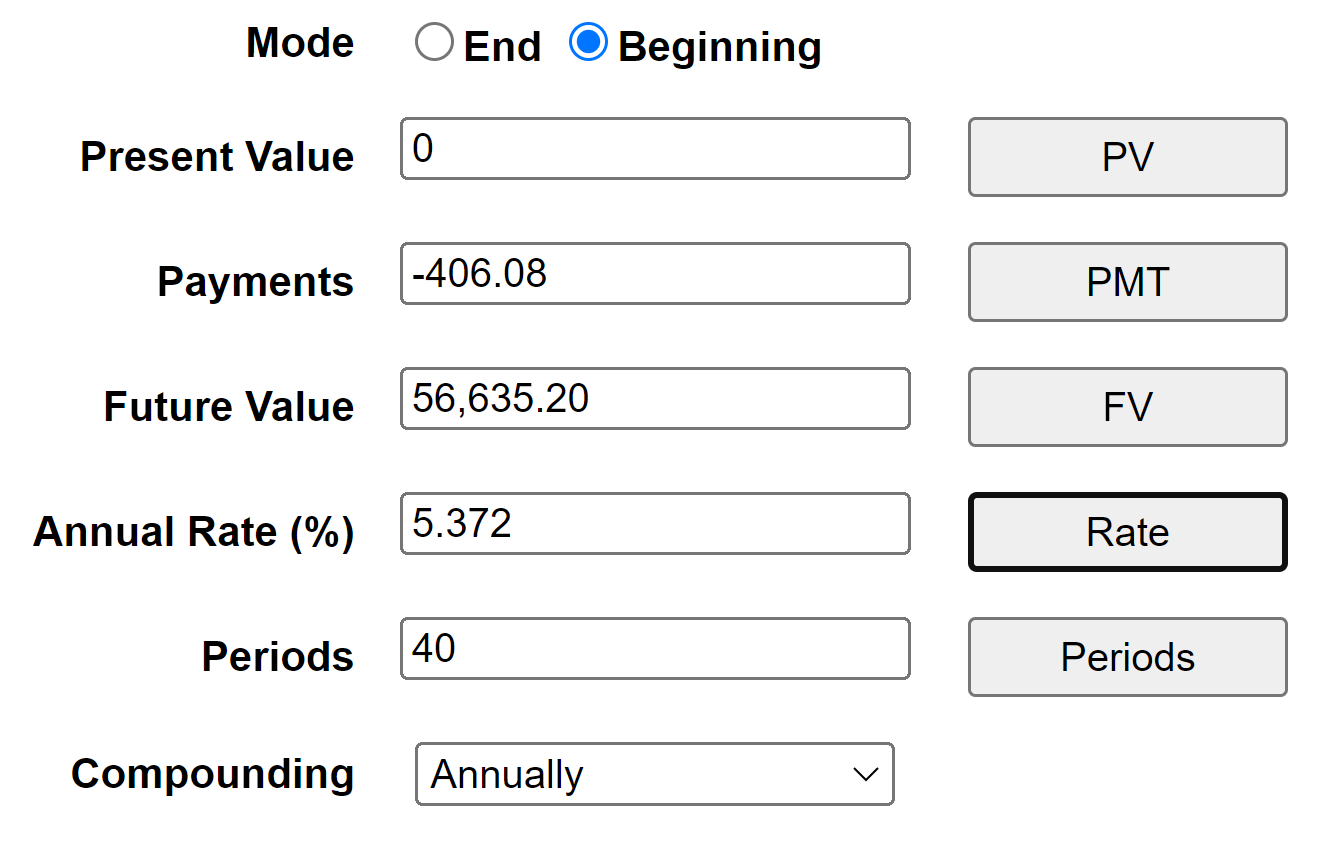Table of contents
Let’s face it: critical illness insurance isn’t cheap. In fact, you can buy a policy that costs well north of $100 in monthly premiums. The prevalence of illnesses like cancer and heart attack leads to a high frequency of critical illness claims, which in turn leads to higher premiums.
But did you know there is a way to get your money back if you don’t make a critical illness claim? For an additional premium, you get the potential of return of premiums paid. However, this added feature raises a question: is the allure of recouping premiums worth the investment?
Critical illness insurance is a pivotal component of safeguarding your financial future, yet return of premium policies introduces a layer of complexity. Prospective buyers grapple with the decision-making process, weighing the advantages and potential drawbacks of adding the rider.
In this comprehensive guide, we aim to demystify the return of premium riders. By the end, you’ll have the knowledge to make an informed decision.
- Key takeaways:
- The three return of premium riders are return of premium on death, expiry, and surrender.
- All three riders allow you or your beneficiaries to receive the premiums paid into the policy returned.
- A thorough analysis of your current situation, including your risk tolerance, tax rate, and financial objectives will determine whether the return of premium rider is worth it or not.

What Is Critical Illness Insurance?
Critical illness insurance is a vital financial safety net designed to alleviate the burden of unexpected health crises. It offers a lump sum payment upon diagnosis of a covered critical illness, helping mitigate the financial strain during a challenging period.
The illnesses covered include major conditions such as heart attack, stroke, cancer, organ transplant, and more, for a total of 25 to 26 diseases.
While you can use the lump sum benefit however you want, most people use it to cover expenses associated with the diagnosed illness, such as:
- Medical treatment and prescription drugs not covered by your provincial health insurance
- Caregiver expenses
- Home modifications or accommodations
- Lost income during the recovery period
- Travel expenses to seek a second opinion
- Additional expenses not covered by health insurance, like private clinics or alternative therapies
While there’s no one-size-fits-all answer to how much insurance coverage you need, most people buy between $50,000 and $250,000. However, personal circumstances and financial obligations differ for everyone. Analyzing your unique situation in terms of medical, financial, and familial aspects will help determine the appropriate coverage amount. It’s prudent to strike a balance between adequate coverage and affordability.
What Is The Return Of Premium Rider?
While the base coverage offers adequate protection, you can also upgrade your policy with critical illness riders. These optional benefits provide enhanced coverage, the most popular of which are the return of premium riders.
As the name suggests, you get your premiums returned to you under certain conditions, assuming the following are true:
- The lump sum critical illness benefit has not been paid
- The policy remains in effect until the return of premium date
Most insurance companies have more than one return of premium rider, so let’s take a look at each of them below.
Return of premium on death (ROPD)
The return of premium on death rider is a low-cost add-on to a critical illness policy. When your policy has this add-on, the insurance company pays a death benefit equal to the total premiums paid to your chosen beneficiary.
If you are both the owner and insured person, the insurer will pay the death benefit to a beneficiary or your estate. If you are the owner and another party, like your spouse or child, is the life insured, then you can receive the death benefit.
For example, if you bought a policy for your spouse for $1,000 per year, and they passed away after 10 years, your returnable premium would be $10,000.
Return of premium on expiry (ROPX)
Unless you have a permanent policy, most critical illness policies expire at age 75. With the return of premium on expiry rider, the insurance company will return all the premiums paid when the policy expires.
For example, say your coverage costs $1,000 per year and you bought it when you were 45. You will receive $30,000 when the policy term expires at age 75 for the 30 years you paid the premiums.
Unlike the ROPD rider, which doesn’t cost much to add to your policy, this ROP rider has a steeper price tag. More on the cost comparison in a few sections.
Return of premium on surrender (ROPS)
Also called the return of premium on cancellation, the last return of premium rider provides the most flexibility, letting you exercise the option to get your premiums returned as early as in year 5. However, the returnable premiums don’t reach 100% until year 15 at the earliest. At that point, should you cancel your policy, you will receive all the premiums paid into it.
Besides year 15, many insurance companies offer year 20 and age 65 options. Because the amount of time you have to wait until you get your money back increases, the monthly premiums for these options are lower.
Some companies offer ROPS built into child policies, making them especially attractive if you’re shopping for insurance coverage for your children.
How much do the return of premium riders cost?
To ascertain the value of the return of premium rider, it’s essential to consider the additional expense incurred by including it in your critical illness plan. Below is a table showing the monthly premiums for a term-75 policy for a $100,000 lump sum benefit.
Base coverage | ROPD | ROPX | ROPS 65 | ROPS 15 | |
|---|---|---|---|---|---|
Male non-smoker, 35 | $84.15 | $2.43 | $25.11 | $33.84 | $62.19 |
Female non-smoker, 35 | $74.61 | $2.07 | $26.73 | $32.85 | $62.64 |
Male non-smoker, 45 | $133.74 | $6.93 | $69.66 | $103.05 | $116.91 |
Female non-smoker, 45 | $117.09 | $4.68 | $69.48 | $103.32 | $123.75 |
Male non-smoker, 55 | $234.73 | $17.10 | $226.08 | N/A | $290.43 |
Female non-smoker, 55 | $173.61 | $14.58 | $241.65 | N/A | $294.57 |
As you can see, both the base coverage and riders become more expensive as you get older. At younger ages, the return of premium riders cost less than the base critical illness plan. However, they increase much more steeply than the base coverage, resulting in some riders costing more than the non-upgraded plan itself as you enter your mid-40s.
Is Return Of Premium Worth It? The ROI Debate (Case Study)
Whether the ROP rider is worth it depends on a few factors, including your:
- Risk tolerance
- Budget
- Marginal tax bracket
- Financial objectives
Let’s address these by looking at a case study. Here, we have a 35-year-old male non-smoker purchasing $100,000 of critical illness coverage. As a high income earner in the top tax bracket in BC, he is searching for a low-risk investment that has potential for a high return.
He decides to explore the return of premium on surrender at age 65 rider on his term-75 critical illness plan. If he is diagnosed with a covered condition, he can make a critical illness claim for $100,000. However, if he isn’t, he can cancel his policy at age 65, and the return of premium guarantees he will get all his money back. Here are the facts:
- 53.5% marginal tax rate
- $79.65 monthly premium for the base coverage
- $33.84 monthly premium for the ROPS 65 rider
- $117.99 total monthly premium
- $42,476.40 total premiums paid after 30 years when he reaches age 65, which are also the returnable premiums
By plugging these numbers into a time value of money calculator, you can see that the after-tax rate of return for the ROP is 7.18%. This makes the before-tax rate of return 15.44% at his top marginal tax bracket. Put another way, he would need to find an alternative investment that returns 15.44% to beat the return of premium option.

Should he want to keep the critical illness plan until expiry, he would simply keep paying the premiums until age 75. At that point, if he still hasn’t made a claim, he can get back $56,635.20. This is equivalent to a 11.55% before-tax rate of return.

In this case study, the numbers favour the return of premium rider. However, this may not always be the case. You will need to get a quote tailored to your specific situation to determine if you get a rate of return that meets your expectations.
Frequently Asked Questions
What is return of premium on critical illness?
Return of premium on critical illness insurance is a rider you can add to your policy. If you don’t end up making a claim, the insurance company returns all the premiums paid into the policy to you.
Is return of premium on critical illness taxable?
Since you pay the premiums for your critical illness insurance plan with after-tax dollars, you or your beneficiary or estate will receive the return of premium payout tax-free.
How does return of premium insurance work?
Once you add the return of premium rider to your policy, you can receive the premiums paid back through death, expiry, or cancellation, depending on the type of ROP rider you bought.
Do any other types of insurance offer return of premium guarantees?
Yes. Long-term disability insurance also has the return of premium rider available. It works much differently than for critical illness insurance, so you will need to do another analysis to determine if it’s worth adding to your disability insurance plan.
Will You Buy A Critical Illness Insurance Plan With The ROP Rider?
In conclusion, the decision to opt for the return of premium riders hinges on a nuanced evaluation of your financial objectives, risk tolerance, tax rate, and long-term planning. ROP offers the appealing prospect of recouping premiums if no claims are made, providing a potential financial safety net. However, this benefit comes at the expense of higher initial premiums compared to traditional critical illness policies.
If you are seeking a large sum of returnable premiums and willing to make a larger upfront investment, ROP may hold considerable appeal, offering a sense of security in the absence of claims. Yet, it’s crucial to weigh this against the opportunity cost of higher premiums and consider whether the potential return justifies the added expense. Ultimately, the worthiness of a ROP critical illness plan varies from person to person.
If you need more information, feel free to reach out at info@briansoinsurance.com or 604-928-1628. We can provide a free consultation so you find the right coverage that meets your needs and budget. Or use the form below to request a critical illness quote sent straight to your inbox.
Get Your Critical Illness Insurance Quote Now
While we make every effort to keep our site updated, please be aware that timely information on this page, such as quote estimates, or pertinent details about companies, may only be accurate as of its last edit day. Brian So Insurance and its representatives do not give legal or tax advice. Please consult your own legal or tax adviser. This post is a brief summary for indicative purposes only. It does not include all terms, conditions, limitations, exclusions, and other provisions of the policies described, some of which may be material to the policy selection. Please refer to the actual policy documents for complete details which can be provided upon request. In case of any discrepancy, the language in the actual policy documents will prevail. A.M. Best financial strength ratings displayed are not a warranty of a company’s financial strength and ability to meet its obligations to policyholders.


Very interesting article for those contemplating buying CI.
However for those with existing CI policies with one of these 3 Riders they may be interested in exploring and determining the current Fair Market Value of their CI policy with respect to transferring the ownership to their professional corporation or vice versa or donating the policy to a Charity for a tax receipt.
For more info please visit http://www.whatsmypolicyworth.ca